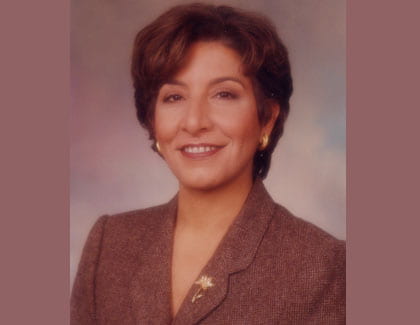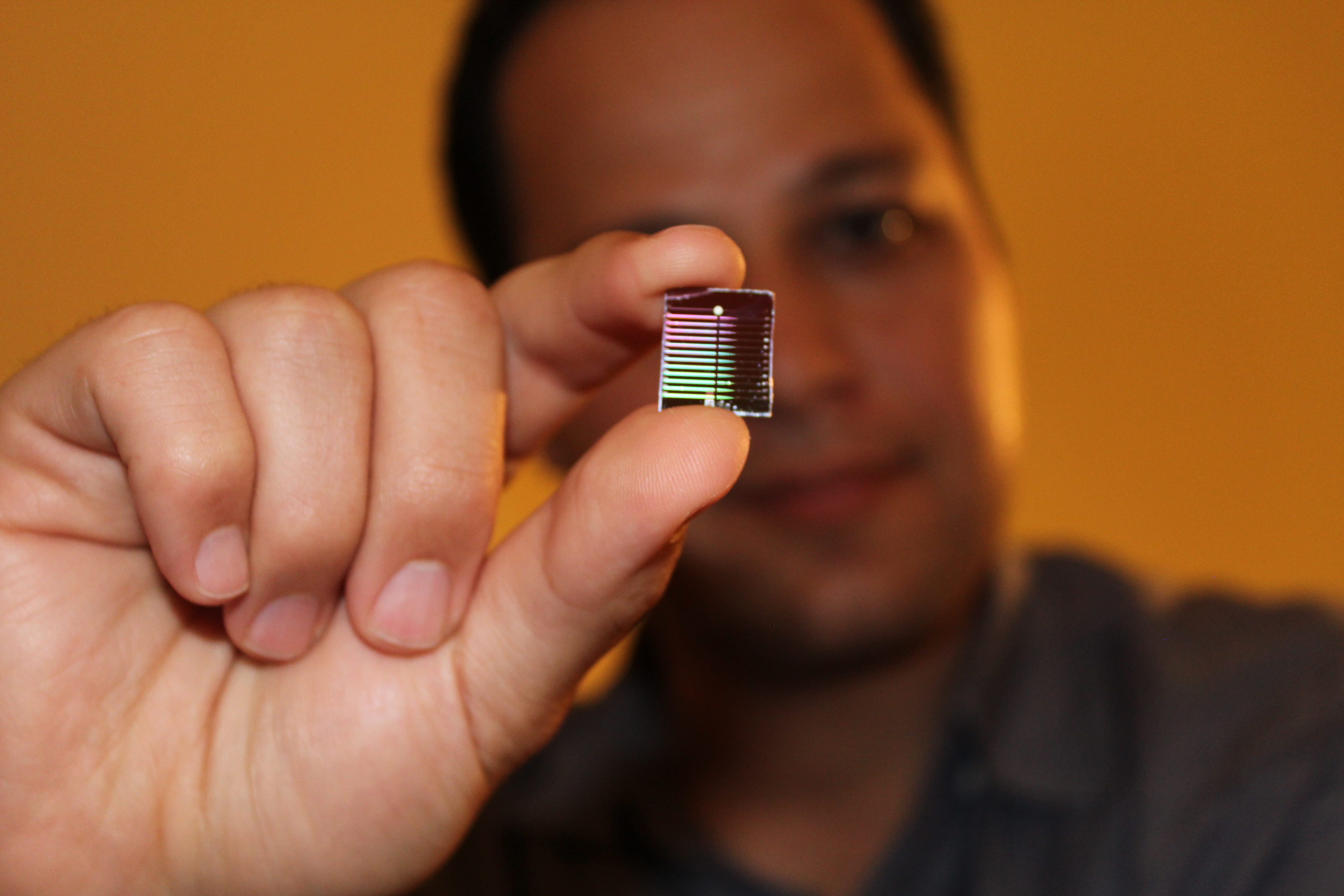Extreme aging
Dr. Claudia Kawas studies the oldest of the old in Laguna Woods

Gordon Bern is 95 and runs circles around most men 20 years his junior. Every morning, he reads the newspaper – “from stem to stern,” he says – and works on his computer. He hits the abs machine, stationary bike and treadmill at his local gym five days a week, and volunteers at Saddleback Memorial Medical Center on a sixth.
“And on the seventh day, I rest,” he says.
The Laguna Woods resident still drives, lives on his own and looks forward to playing tennis again after an injured heel mends. He even has a fiancée.
By any measure, Bern’s lifestyle at his age is remarkable – a fact that does not escape him. For this reason, he is participating in a landmark study at UC Irvine designed to understand factors contributing to longevity and the unique health issues facing the oldest of the old.
“I hope they can find what is causing me to live as long and as well as I have,” Bern says. “If they find out what it is, maybe they can help others live longer.”
Bern and more than 950 other nonagenarians (people ages 90-100) are enrolled in the 90+ Study at UCI’s Clinic for Aging Research & Education in Laguna Woods. They represent the fastest-growing demographic in the U.S., and their numbers are projected to increase from 2 million to 10-12 million by mid-century. By sharing their medical histories and lifestyle habits, they are pioneers in the emerging area of geriatric research and medicine.
“We have a whole population of individuals about whom we know nothing,” says Dr. Claudia Kawas, the Nichols Clinical Neuroscience Chair at UCI. “We’ve never taken care of, studied or understood extreme aging, and now we have millions of people on the horizon in that age group. We want to understand the full range of what it’s like to be in your 90s.”
Kawas, one of the top geriatric neurologists in the nation, came to UCI in 2000 from Johns Hopkins University with the goal of studying dementia and other health factors of people in their 90s. She found what she was looking for at Leisure World, a large retirement community a few miles south of campus.
Dr. Annlia Paganini-Hill of the University of Southern California established the Leisure World Cohort Study in 1981, with nearly 14,000 participants averaging age 73 enrolling in studies of the risks and benefits of estrogen replacement treatments and the effects of dietary supplements on cancer. Nearly a thousand of these participants joined the 90+ Study when it started in 2003; it is now overseen by Kawas and UCI epidemiologist Maria Corrada-Bravo, neurology assistant adjunct professor.
In March, Kawas received $7 million from the National Institutes of Health to continue the study, which aims to identify dementia and disability factors that can be the basis for future therapies for the very old. She is recruiting 600 more participants.
“It’s a groundbreaking study, and I hope what we discover here lasts forever,” Paganini-Hill says. “There are an amazing number of people in their 90s willing to help us out.”
Kawas’ study of the relationship between aging and dementia is complex work made more challenging by the dearth of information on nonagenarians and dementias such as Alzheimer’s disease. Still, some of the early results of her Leisure World work are eye-opening.
Through the 90+ Autopsy Study, one part of the overall study in which participants donate their brains after they die, Kawas is finding a dichotomy between the pathology associated with Alzheimer’s and related cognitive symptoms, such as losses in learning and memory function. Some individuals had brains filled with Alzheimer’s-related lesions but exhibited few symptoms, she says, and even more had little to no pathology but significant cognitive difficulties.
“These results show that even if we were able to cure Alzheimer’s disease, it’s possible that the drugs developed for that purpose wouldn’t work in people over 90,” Kawas says. “The risks of dementia rise with age, and it’s very common in people over 90. I believe we will find new mechanisms in the brain related to dementia, and some will be treatable.”
The 90+ Study also is mining the dietary and lifestyle habits of participants to build a blueprint for successful aging. The research has shown, for example, that it’s better to be slightly overweight than underweight as one ages, and that daily exercise of up to 45 minutes is valuable, but more than that shows no additional benefit. More sedentary activities – such as reading, crossword puzzles, social engagements and community involvements – are equally important.
In the area of diet, the study found vitamins C and E, calcium supplements, and green and black tea have no impact on longevity, but people who consume moderate amounts of alcohol and caffeine live longer – possibly because people who drink socially spend more time with friends and families, which also seems to increase longevity.
While genetics will always play a strong part in longevity, these findings suggest a regular diet – “No fad stuff,” advises John Donoghue, 96 – and physical and social activity improve length and quality of life.
Dr. Marianne Von Eckardt fits this blueprint. At 95, she swims frequently and, as a practicing psychiatrist, continues to see patients and review books for a professional journal. She also takes photography classes and treks to new locales, such as Joshua Tree National Park, to practice her craft. Her advice for healthy aging is simple: “Live as actively and happily as possible, and don’t worry about aging.”
While 90+ participants like Bern and Von Eckardt are active and healthy, nonagenarians vary greatly in activity level and health, which is what makes the study so fascinating to Kawas.
“Variability is the hallmark of aging,” she says. “The range of abilities among our participants is much larger than I imagined. Some wear no glasses, take no medicine and still play tennis; others are completely the opposite and many are in-between.
“These are fabulous participants. They volunteered to spend several hours every six months filling out forms and giving us their medical records, their DNA, their brains. They want to give back. Many have aged successfully and hopefully we’ll spread their secrets so others can age successfully, too.”
